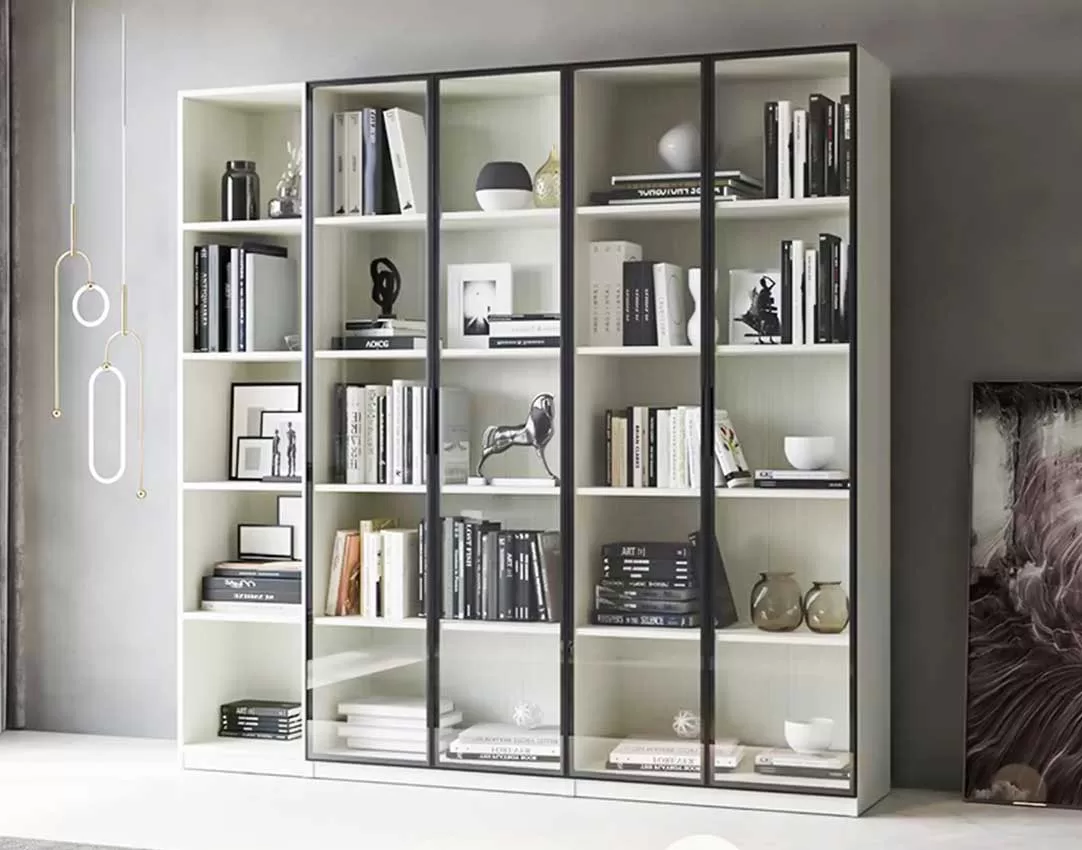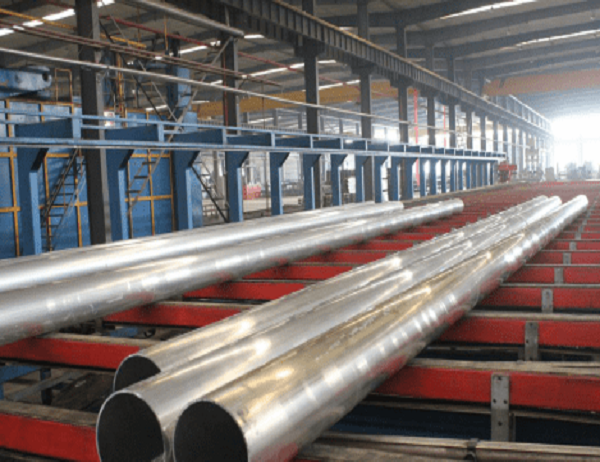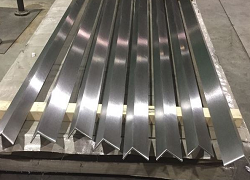Introduction
Sustainable building practices aim to minimize the environmental impact of buildings throughout their lifecycle, from construction to operation and eventual decommissioning. Among the various sustainable building materials, white powder coated aluminum stands out as a valuable asset in these efforts due to its exceptional performance and environmental benefits.
Enhancing Building Energy Efficiency
White powder coated aluminum is highly reflective, with a solar reflectance index (SRI) of up to 100. This means it effectively reflects solar radiation, reducing the heat absorbed by a building. By maintaining a cooler indoor temperature, the use of white powder coated aluminum reduces the need for air conditioning, which in turn lowers energy consumption and greenhouse gas emissions.
For example, a study by the National Institute of Building Sciences found that buildings with white roofs experienced a 15-20% reduction in cooling energy use compared to buildings with dark roofs. This significant energy saving translates into cost savings for building owners and contributes to overall building sustainability.
Reducing Urban Heat Island Effect
In urban areas, the accumulation of heat from buildings and infrastructure creates the urban heat island effect, which can lead to increased air pollution, heat-related illnesses, and energy consumption. White powder coated aluminum helps mitigate this effect by reflecting heat away from buildings and into the atmosphere.
By reducing the surface temperature of buildings, white powder coated aluminum can lower the ambient temperature in urban areas, reducing the need for air conditioning and improving air quality. Additionally, the reflective surfaces of white powder coated aluminum can bounce sunlight onto surrounding buildings and streets, improving overall pedestrian comfort and safety.
Increasing Durability and Longevity
White powder coated aluminum offers exceptional durability and longevity, making it an ideal choice for sustainable building projects. The coating process involves applying a thick layer of polyester powder to the aluminum substrate, which provides excellent protection against corrosion, abrasion, and harsh weather conditions.
The high durability of white powder coated aluminum ensures that buildings retain their aesthetic appeal and performance over a long period of time, reducing the need for frequent repairs and replacements. This extended lifespan contributes to the sustainability of both the building and the surrounding environment.
Minimizing Environmental Impact
White powder coated aluminum minimizes environmental impact throughout its lifecycle. The manufacturing process is relatively low-carbon, as aluminum is recyclable and the coating materials are VOC-free. Additionally, the durability of the coating reduces the need for frequent repairs and replacements, further reducing resource consumption.
Furthermore, white powder coated aluminum does not leach harmful chemicals into the environment. This is in contrast to traditional paint coatings, which can contain volatile organic compounds (VOCs) that contribute to air pollution. By using white powder coated aluminum, buildings can promote a healthier environment both indoors and outdoors.
Conclusion
White powder coated aluminum is a versatile and sustainable material that plays a crucial role in enhancing energy efficiency, reducing urban heat island effect, increasing durability, and minimizing environmental impact in sustainable building practices. Its high solar reflectance, durable coating, and low-carbon manufacturing make it an excellent choice for architects, engineers, and building owners who seek to create sustainable and environmentally responsible structures. By incorporating white powder coated aluminum into building projects, we can collectively contribute to a more sustainable future.



